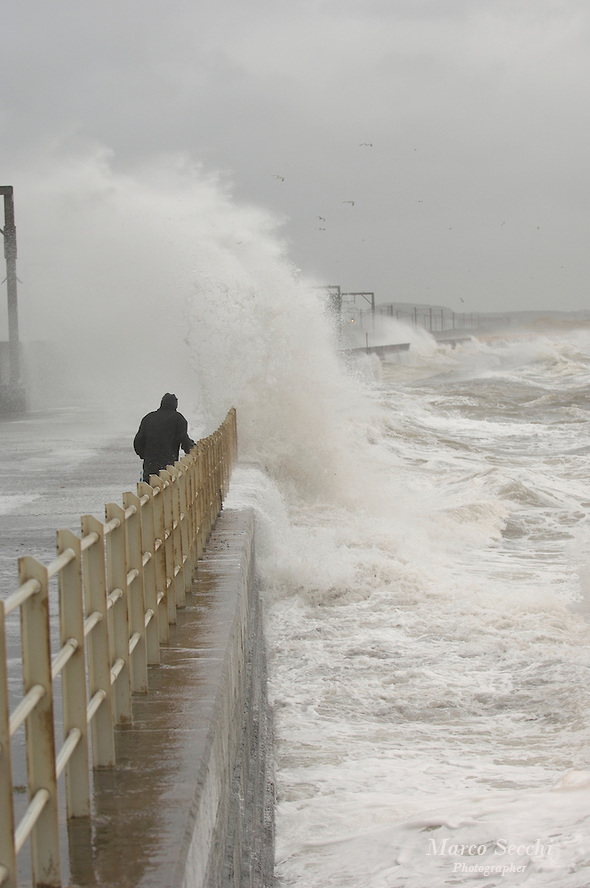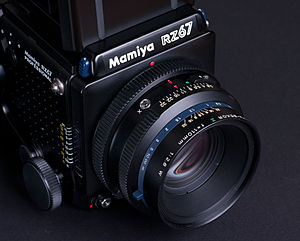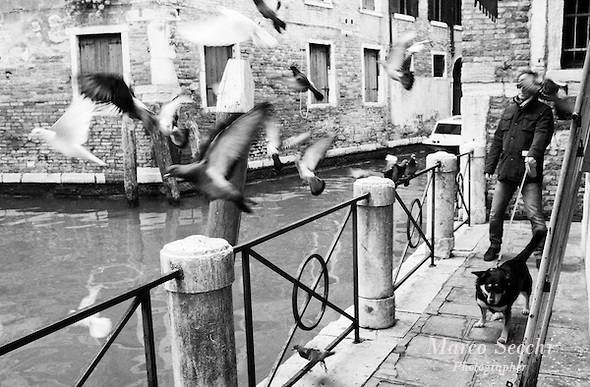The Art of Silence: How Koudelka Inspired My New Philosophy
/There was a time when my photography was driven by the demands of assignments and the urgency of news. Captions were part of the job—essential in providing context, framing the story, and, in a way, anchoring the viewer to a specific interpretation. It was rewarding work, but it came with a rigid sense of purpose, where images served others more than they served me.
But as with many journeys, change comes quietly and over time.
Now, my photography is for myself. Money is no longer part of the equation and captions? I've let them go entirely. Instead, I invite viewers to bring their own stories to my pictures. I’ve found immense freedom in this shift, and in many ways, this transition was sparked by one enduring source of inspiration: Josef Koudelka.
Koudelka’s work embodies an extraordinary power—his images speak without the need for words. Whether it’s the stark landscapes of “Exiles” or the raw humanity captured in “Gypsies,” his photographs are unbound by explanation. They invite reflection, interpretation, and, perhaps most importantly, imagination. His refusal to confine his art with captions resonates deeply with me now. It’s a philosophy of trust—trust in the image, trust in the viewer.
This philosophy has transformed how I see the world through my lens. By removing captions, I’ve found that each image becomes a mirror. Some viewers see joy; others see longing. One photograph can evoke countless interpretations, and this fluidity—this openness—is what makes photography so beautifully universal.
Letting go of captions has also been an act of personal liberation. When I was photographing news, the captions felt like a necessity. Without them, the image might feel incomplete or misleading. But in the realm of personal work, that constraint no longer applies. Now, each photo can exist as it is, untethered by context or explanation. Koudelka’s influence taught me that this absence of words is not a void but a space for others to step into, linger, and dream.
Today, when I press the shutter, I’m not thinking about what the image will say. I’m thinking about what it could mean—to me, someone else, or no one. This approach feels more faithful, more straightforward, and infinitely more fulfilling.
So, don't look for a caption if you find yourself standing in front of one of my photographs. Instead, let the image speak to you. Or better yet, let it whisper. The story it tells is yours to create, and in that silence, I hope you’ll hear something extraordinary.

























